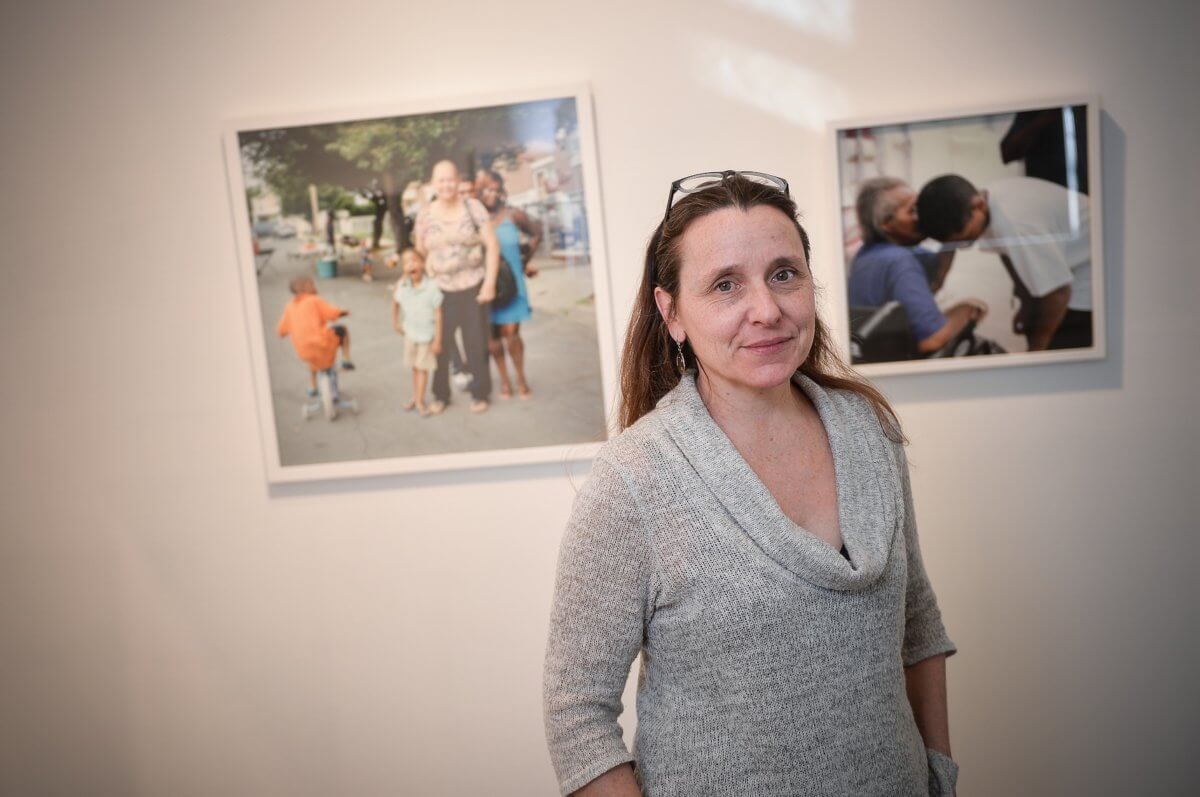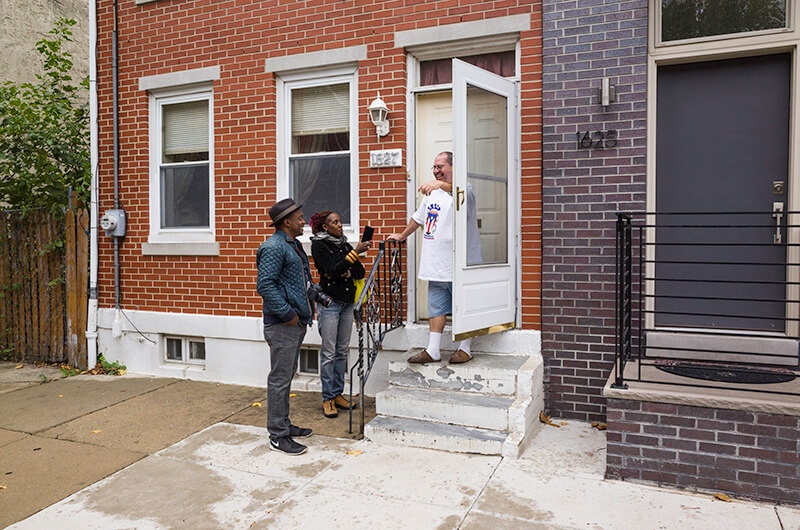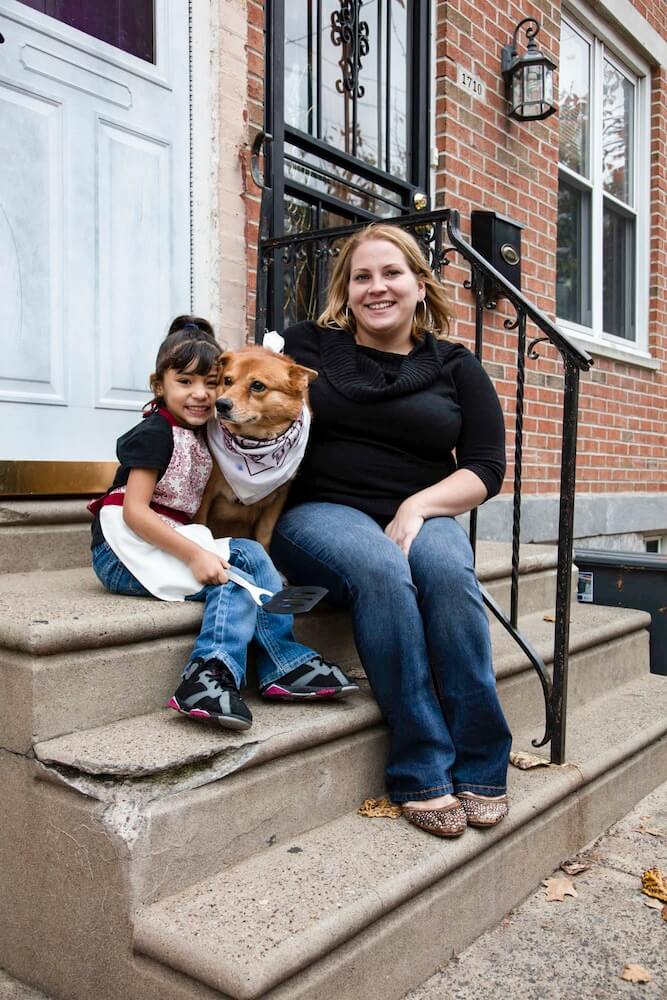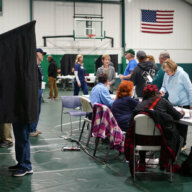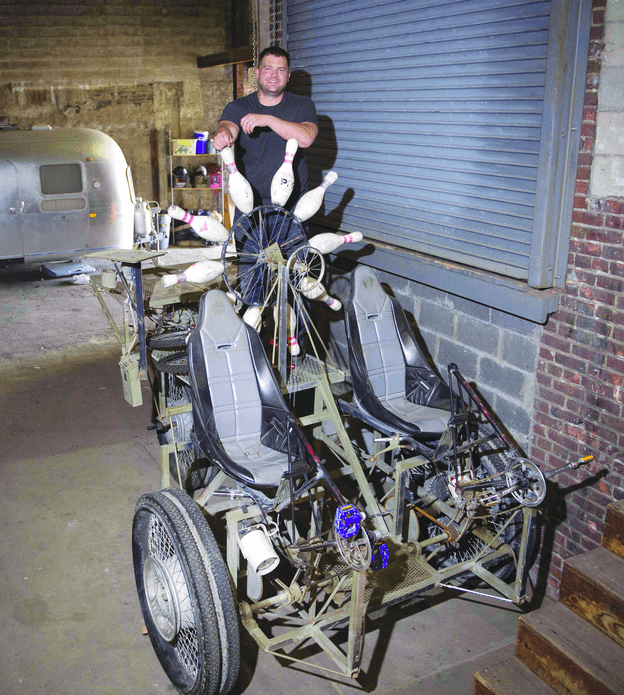In the ever-changing landscape of South Kensington, artists are stepping up to work with neighbors in documenting the community’s history.
“Even since we started documenting it, one of the local cafes closed down – they’re going to demolish it and put in new houses,” said photographer Hank Willis Thomas, one of the artists working on the Philly Block Project with the Philadelphia Photo Arts Center (PPAC). “Change is happening rapidly.” The Philly Block Project has two components: to collect the old family photos and vintage images of the people who live in South Kensington, their families and their lives, and also to send out artists like Thomas to photograph the present-day lives of neighbors. Over the next several months, photographers, curators, artists and archivists will be fanning out through South Kensington to obtain the raw material for the project.
RELATED:WorkReady Philadelphia wants summer jobs for city youths “As a local art community, they wanted to focus the project on their community, which is both extremely ethnically diverse, but also on the verge of a huge change as a result of gentrification,” Thomas said of PPAC. Indeed, new housing is constantly going up in South Kensington, a semi-industrial area with huge swathes of vacant land that is roughly bounded by Girard and Berk Street and Front and Sixth streets. PPAC itself is housed in the Crane Arts Building – formerly a plumbing company – at the intersection of North American and Master streets, an area where developers have proposed hundreds of new housing units. Photographer Lori Waselchuk, the Philly Block Project’s coordinator, said the project has deepened her connections with the neighborhood.
“It doesn’t feel like an art project, it feels like we’re building friendships,” Waselchuk said. “We get to do it around what we love, which is photography, but we get to share that. I feel like oftentimes were going to see friends and we’re building.” RELATED:Philly’s first-ever cat cafe has a ‘purr-fect’ opening day The project specifically aims to document change in the area.
In an area dominated by many huge vacant industrial buildings, some still-active manufacturing companies, and bordered by crime-ridden neighborhoods to the north and east, residents new and old are engaged in their own individual ways of adapting to inevitable change. “A hundred years ago industry was big and thriving in this neighborhood. When that industry closed, it cause a dramatic change in the neighborhood,” said PPAC executive director Sarah Stolfa. “We’re seeing another big change happen, where development is coming in, mostly residential. … It’s very important to talk about the history of this neighborhood, and the present-day landscape is going to be part of that history.” Thomas described what he has discovered in his work on the project as a diverse neighborhood where on a single block you can find Puerto Rican, Turkish, African American and Dominican families living side-by-side. “They came at different times for different reasons, and experienced the neighborhood in different stages,” he said. “Some people think it’s nice that certain things have improved.”
But everyone has one thing in common: their neighborhood.
“The residents that are participating in the project love where they are. They really speak highly of the neighborhood. They understand that they have a relatively peaceful spot,” Waselchuk said. “It was hard won.” PPAC’s next monthly community meeting related to the Philly Block Project will be held on March 8. The first photography exhibit related to the project, “Preface:An Introduction to the Philly Block Project,” opens March 10 at PPAC. An exhibit of found neighborhood photographs curated by Kalia Brooks will open in June, and an exhibit of newneighborhood photographyopens in September. To donate or have your old photos scanned, visit philaphotoarts.org.



